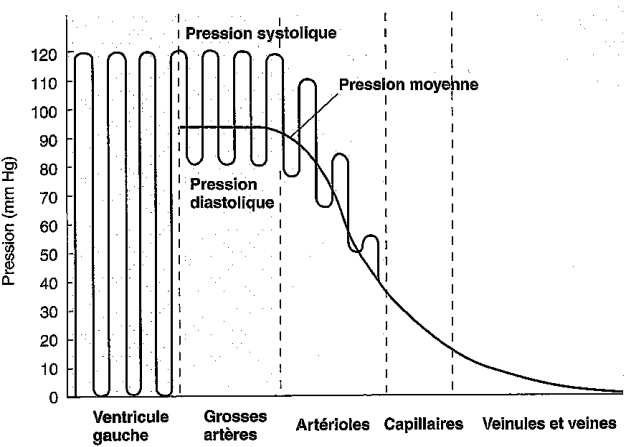Measurement of systemic and pulmonary arterial pressure in vivo
Parameters such as systolic or diastolic pressure are measured in vivo on anesthetized or on conscious animals using a non-invasive blood pressure analyzer.
Systemic blood pressure is measured by a catheter connected to a pressure transducer inserted into the carotid artery. Mean pulmonary arterial pressure is measured by inserting a catheter into the right jugular vein, passing through the right ventricle to arrive in the pulmonary artery.
Vascular reactivity ex vivo
The properties of vascular contraction and relaxation are studied ex vivo using an isolated organ cell system. The tissue, immersed in a continuously oxygenated physiological solution at 37°C, is held between two metal hooks connected to a force sensor recording the variations in isometric tension.
For the small vessels (resistance vessels), rings of 3-4 mm long are mounted on two steel wires for isometric force measurement.
Responses to agonists or antagonists of contraction/relaxation make it possible to study smooth muscle and endothelial functions in all types of models by targeting specific signaling pathways.
Also, small arteries can be cannulated onto two small glass cannula and pressurized to an appropriate transmural pressure. This near physiological condition allows the measurement of intrinsic responses (myogenic tone). Also, agonists or antagonists can be added to the perfused or luminal solution. Changes in the diameter of the vessel via digital video edge-detection permit measure vasoconstriction and dilation.

Arteries


